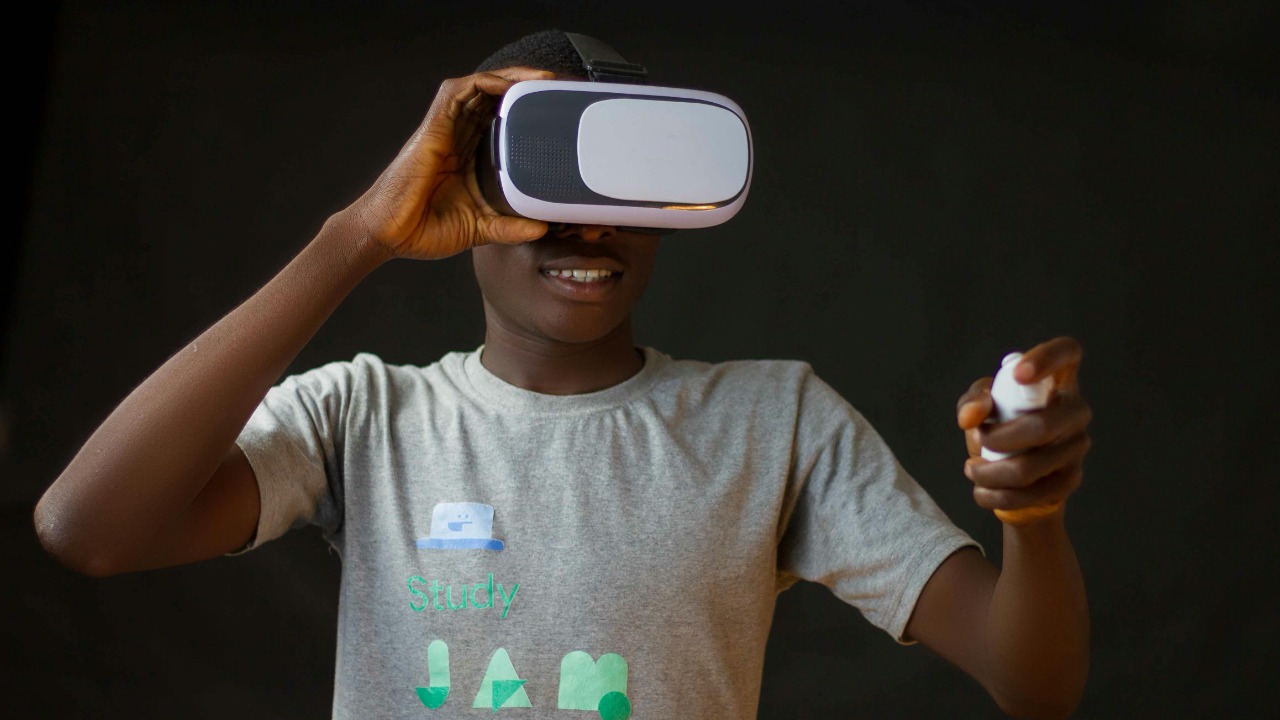
Augmented Reality (AR) glasses are poised to be the next big thing in tech innovation. These devices are not only transforming the way we interact with digital content, but also enhancing our everyday lives in remarkable ways. With advancements in technology and a growing ecosystem of developers, AR glasses are set to revolutionize numerous industries, offering users a seamless blend of digital and physical worlds.
Enhanced User Experience
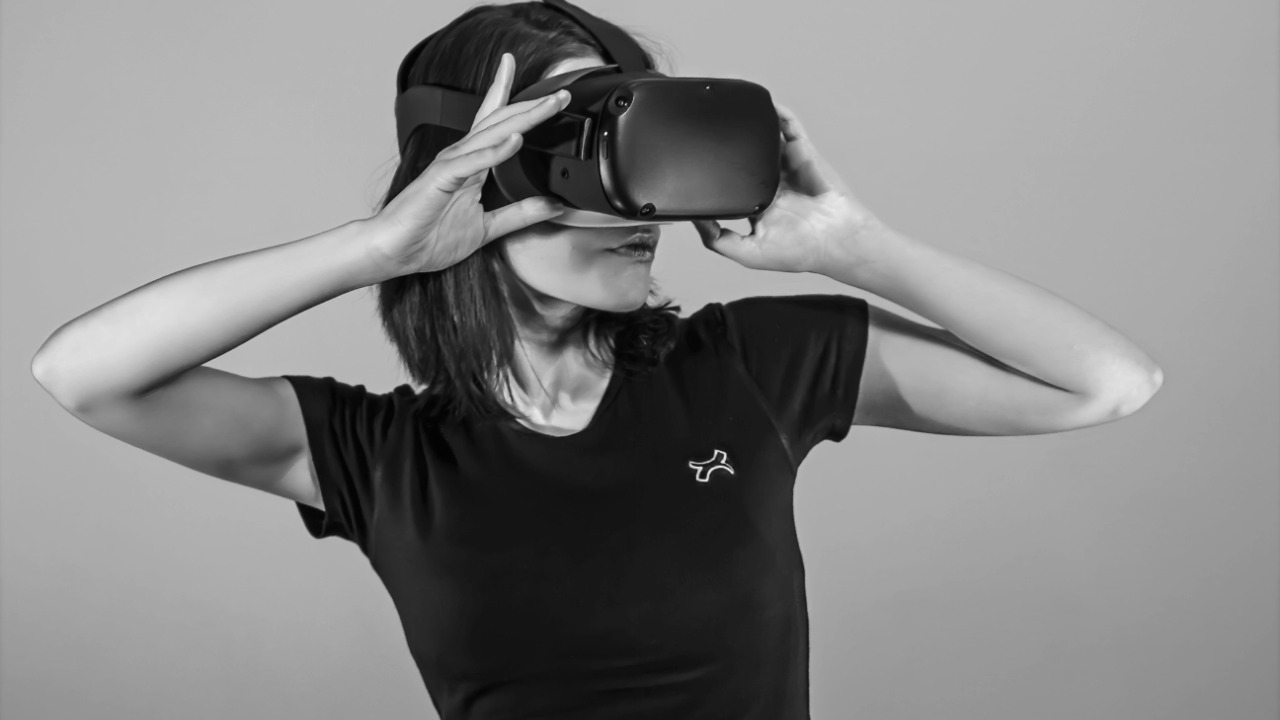
AR glasses promise to deliver an enhanced user experience by overlaying digital information onto the real world. Imagine walking down the street while your glasses display real-time navigation directions, restaurant reviews, or even translations of foreign street signs. This immersive experience is designed to be intuitive and user-friendly, ensuring that technology feels like a natural extension of our senses.
Companies like Google and Apple are investing heavily in AR technology, aiming to refine the user interface and improve comfort for prolonged use. The ultimate goal is to create a device that feels as natural as a pair of prescription glasses, offering users an experience that is both powerful and discreet.
Seamless Integration with Everyday Life
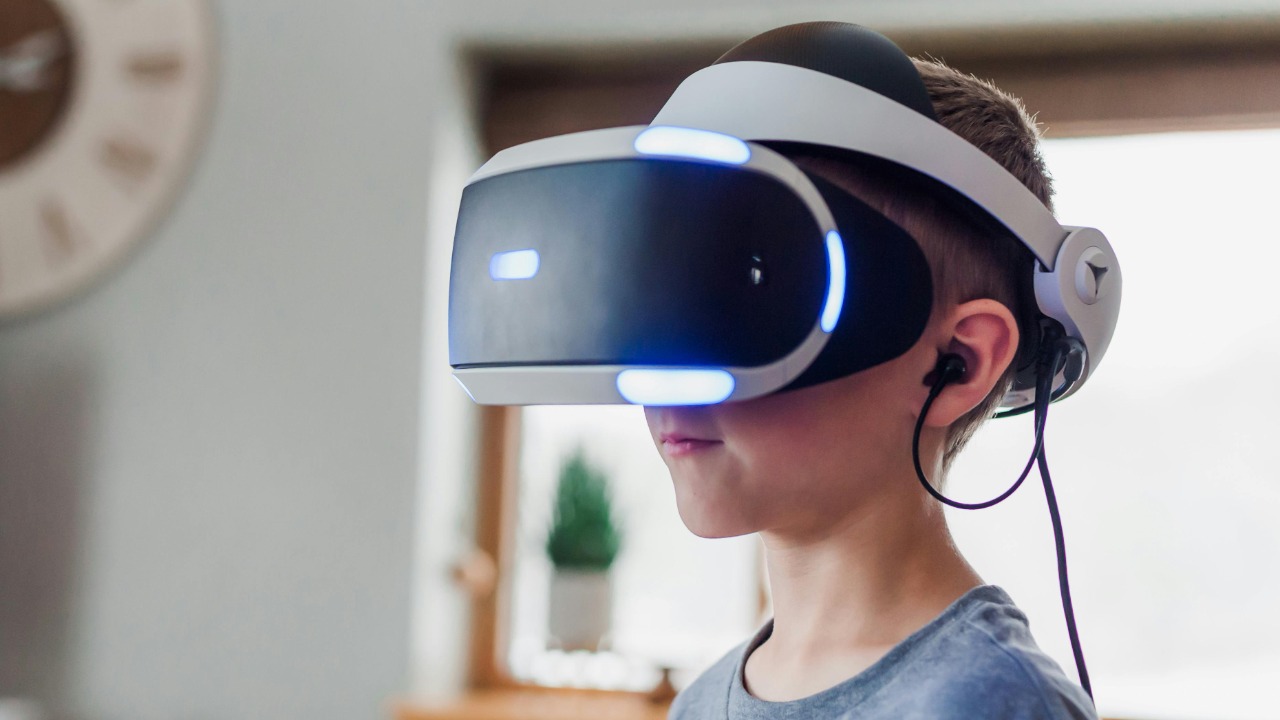
AR glasses are designed to seamlessly integrate with our daily routines, providing useful information at a glance. Whether you’re cooking dinner with step-by-step recipe instructions or shopping with instant price comparisons and product details, AR glasses can make everyday tasks more efficient and enjoyable.
By seamlessly blending the digital and physical worlds, AR glasses have the potential to replace smartphones for many everyday interactions. Instead of pulling a device from your pocket, information is presented directly in your field of vision, allowing for a hands-free experience that keeps you engaged with the world around you.
Revolutionizing Industries

AR glasses are set to revolutionize various industries, from healthcare to manufacturing. In healthcare, for instance, surgeons can use AR glasses to view detailed 3D models of patient anatomy during procedures, enhancing precision and outcomes. Similarly, manufacturing workers can benefit from real-time assembly instructions and quality control checks, reducing errors and improving efficiency.
Retail is another sector where AR glasses can make a significant impact. By offering virtual try-ons and personalized shopping experiences, retailers can engage customers in innovative ways, potentially boosting sales and customer satisfaction.
Cutting-edge Entertainment

In the realm of entertainment, AR glasses offer a new dimension of interactivity and immersion. Video games can become more engaging as players see digital characters and environments blend with the real world. Additionally, live events such as concerts and sports games can be augmented with real-time stats and enhanced visuals, enriching the spectator experience.
Film and television producers are also exploring AR glasses as a way to offer interactive storytelling, where viewers can influence the narrative through head movements and gestures, creating a personalized viewing experience.
Boost in Productivity

AR glasses can significantly boost productivity by streamlining workflows and reducing the need for physical paperwork. Professionals in fields such as architecture and design can visualize projects in 3D, making adjustments in real-time and collaborating with team members remotely.
For businesses, AR glasses can offer innovative solutions for training and development. Employees can learn complex tasks through immersive simulations, leading to faster learning curves and increased retention of information.
Advancements in Technology
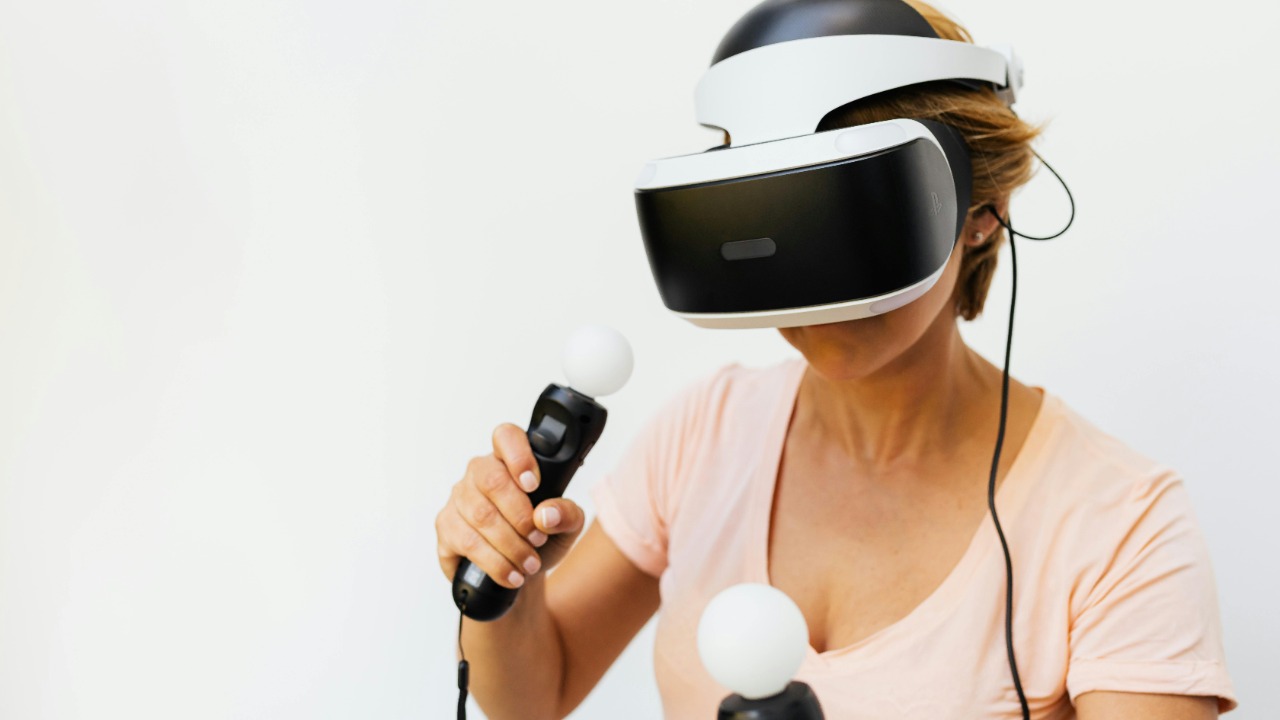
The rapid advancements in AR technology are paving the way for more powerful and efficient AR glasses. Improvements in battery life, display quality, and processing power are making these devices more practical for everyday use. Companies are also working on miniaturizing components to achieve a sleek and comfortable design that appeals to a broad audience.
With the integration of artificial intelligence, AR glasses are becoming smarter and more responsive, capable of understanding user preferences and adapting to different contexts. These advancements will likely drive further innovation and adoption, positioning AR glasses as a staple in modern technology.
Growing Developer Ecosystem
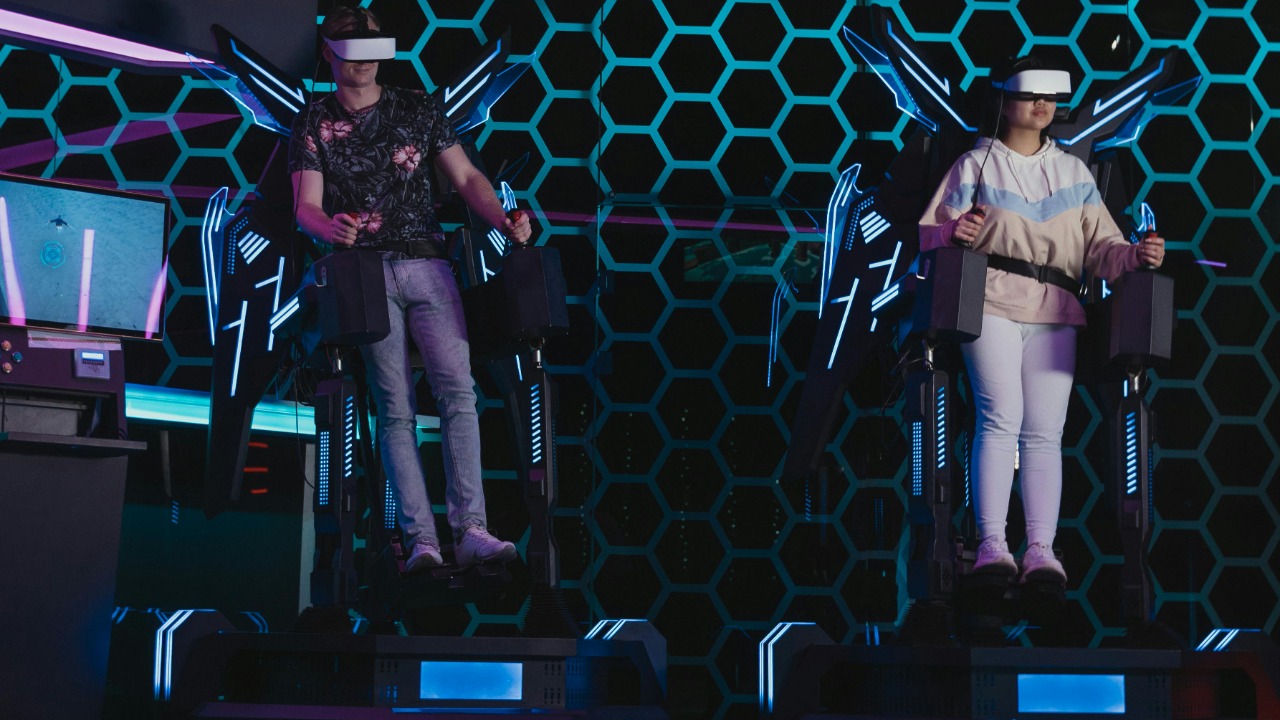
The growing ecosystem of developers dedicated to creating AR applications is fueling the potential of AR glasses. Platforms like Apple’s ARKit and Google’s ARCore provide robust tools for developers to build immersive and engaging experiences, paving the way for a diverse range of applications.
As more developers join the AR revolution, we can expect a surge in innovative apps and services that cater to various needs and interests. This expanding ecosystem not only enhances the value of AR glasses but also ensures their continuous evolution and improvement.